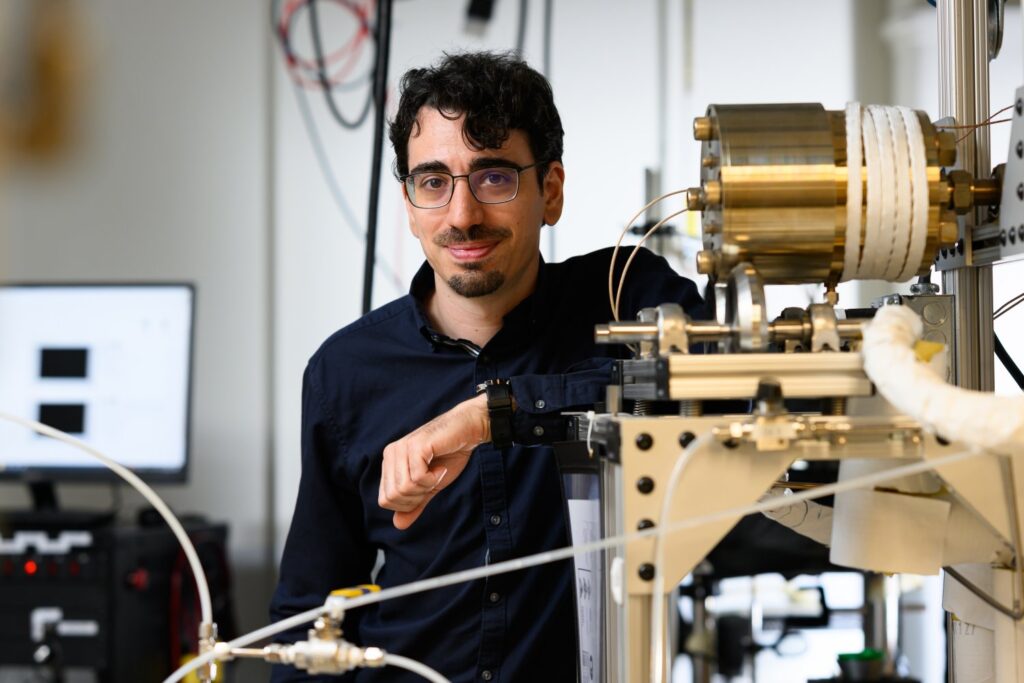Researchers at the Massachusetts Institute of Technology (MIT) are conducting groundbreaking studies on quenching phenomena — the process of rapid cooling — to develop advanced thermal management systems for next-generation nuclear reactors and spacecraft. The project, led by Marco Graffiedi, seeks to unravel how materials behave under extreme heat transfer conditions, a critical factor in building safer and more efficient energy and aerospace technologies.
Understanding Extreme Cooling Dynamics
According to MIT News, the research team is investigating how sudden cooling impacts material surfaces, fluid dynamics, and phase transitions. These insights could transform engineering approaches to nuclear core cooling, high-efficiency heat exchangers, and spacecraft thermal shields — systems that must endure drastic temperature fluctuations in challenging operational environments.
Applications in Nuclear and Space Technology
The study’s findings could enhance the design of nuclear reactor safety systems, enabling faster and more reliable cooling during emergency shutdowns. In aerospace, understanding quenching behavior may lead to more durable thermal protection systems for spacecraft and satellites, helping them survive the intense heat of atmospheric reentry or solar radiation exposure.
Bridging Classical Physics and Modern Engineering
MIT’s research underscores how classical physics principles continue to shape modern technological innovation. By applying time-tested thermodynamic concepts to emerging energy and aerospace challenges, the team bridges foundational science with practical applications that could redefine global standards in energy sustainability and space exploration.
Looking Ahead
As global demand for safer nuclear power and ambitious deep-space missions accelerates, MIT’s exploration of quenching phenomena could play a transformative role in how humanity manages heat in the harshest environments. The ongoing study reinforces the institute’s legacy of pioneering research that connects scientific curiosity with real-world engineering progress.

